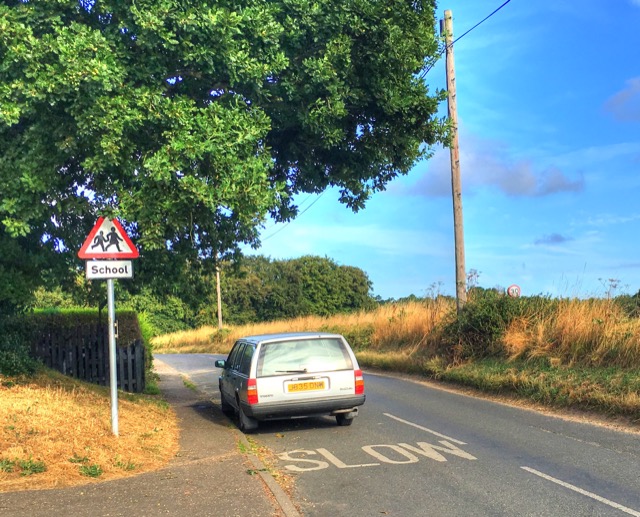Michael Lind, a co-founder of left-leaning New America, is urging the federal government to create universal mobility accounts that would give everyone an income tax credit, or, if they owe no taxes, a direct subsidy to cover the costs of driving. He argues that social mobility depends on personal mobility, and personal mobility depends on access to a car, so therefore everyone should have one.
This is an interesting departure from the usual progressive argument that cars are evil and we should help the poor by spending more on transit. Lind responds to this view saying that transit and transit-oriented developments “can help only at the margins.” He applauds programs that help low-income people acquire inexpensive, used automobiles, but–again–thinks they are not enough.
Lind is virtually arguing that automobile ownership is a human right that should be denied to no one because of poverty. While the Antiplanner agrees that auto ownership can do a lot more to help people out of poverty than more transit subsidies, claiming that cars are a human right goes a little to far.








